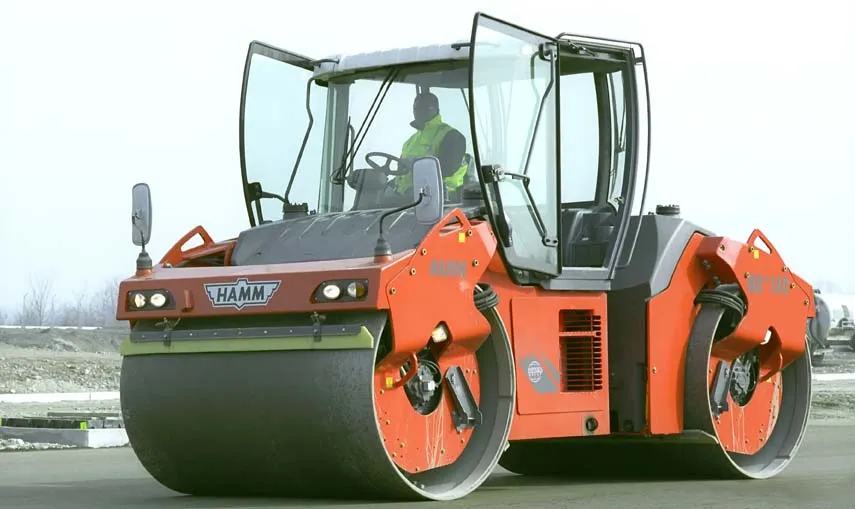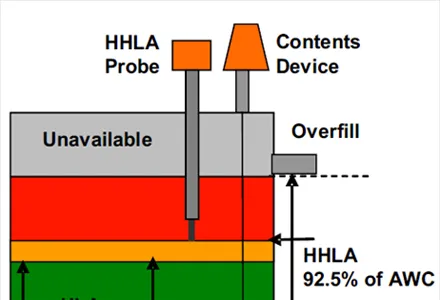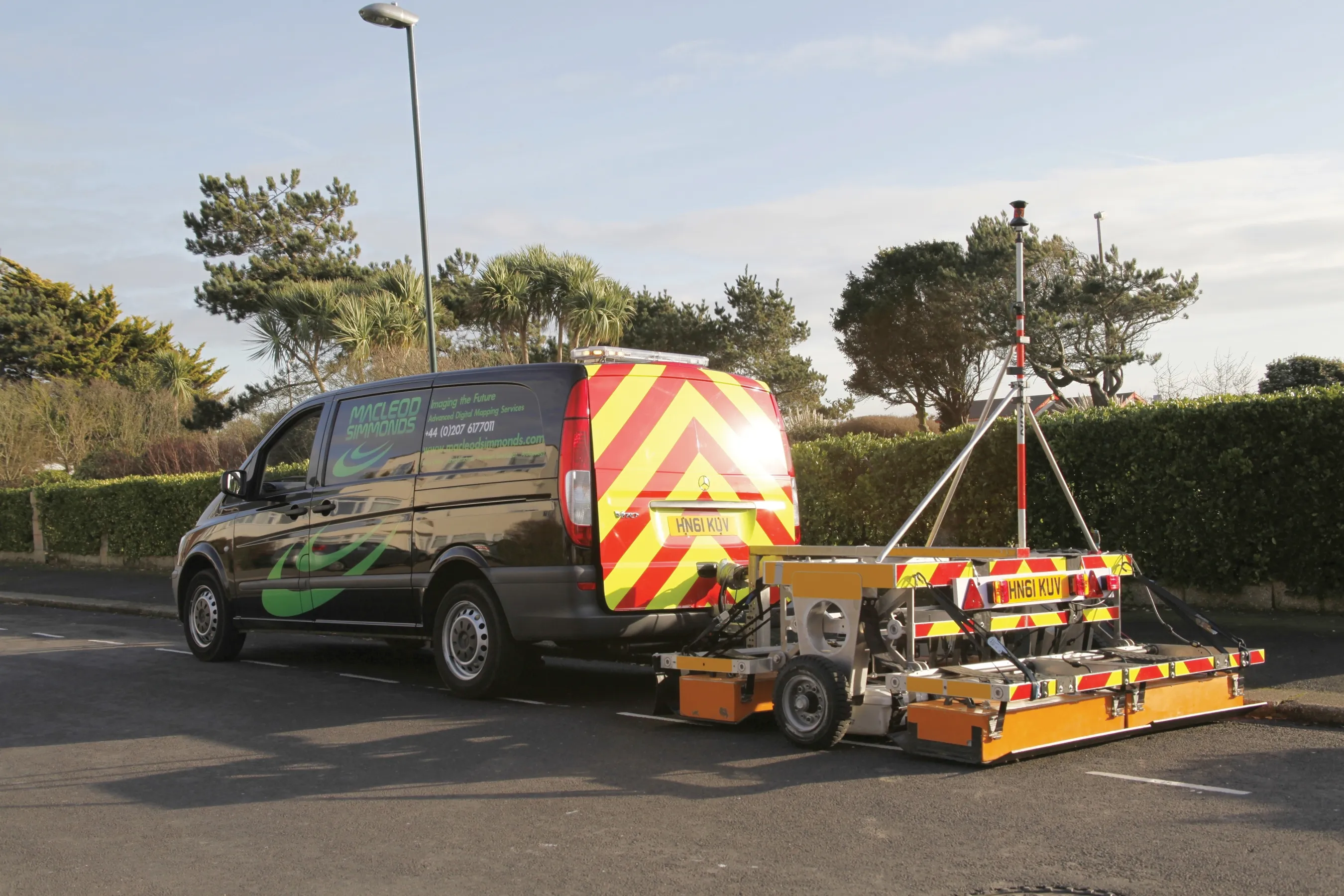PipeHawk says that its improved e-Safe All Service Avoidance Tool reduces the risk of service strikes when carrying out excavation works.
The system is said to be more accurate and reliable than a basic cable locator as it does not require a service to be carrying electrical power or providing a discernible electromagnetic field. In fact the service does not even have to be made from a conductive or magnetic material. This allows the system to work equally well on gas and water pipes made from HDPE, MDP
January 31, 2017
Read time: 2 mins

PipeHawk says that its improved e-Safe All Service Avoidance Tool reduces the risk of service strikes when carrying out excavation works.
The system is said to be more accurate and reliable than a basic cable locator as it does not require a service to be carrying electrical power or providing a discernible electromagnetic field. In fact the service does not even have to be made from a conductive or magnetic material. This allows the system to work equally well on gas and water pipes made from HDPE, MDPE and PVC, as it does with those made from metallic materials. In addition, the e-Safe also works well on the more difficult to locate power cables as well as fibre optic cables.
The e-Safe system is founded on PipeHawk’s long-standing involvement with Ground Probing Radar. But unlike traditional GPR systems, the e-Safe system has a simple colour coded display to indicate different levels of likelihood for the potential presence of a buried service.
There are different variants, with the latest e-Safe+ having additional features. These include depth estimation and the MAX off-road kit option which improves the ease of use over undulating terrain. A new model called e-SafeLOG includes an automated self-test of all critical systems functions and a built-in service due function.
The system is said to be more accurate and reliable than a basic cable locator as it does not require a service to be carrying electrical power or providing a discernible electromagnetic field. In fact the service does not even have to be made from a conductive or magnetic material. This allows the system to work equally well on gas and water pipes made from HDPE, MDPE and PVC, as it does with those made from metallic materials. In addition, the e-Safe also works well on the more difficult to locate power cables as well as fibre optic cables.
The e-Safe system is founded on PipeHawk’s long-standing involvement with Ground Probing Radar. But unlike traditional GPR systems, the e-Safe system has a simple colour coded display to indicate different levels of likelihood for the potential presence of a buried service.
There are different variants, with the latest e-Safe+ having additional features. These include depth estimation and the MAX off-road kit option which improves the ease of use over undulating terrain. A new model called e-SafeLOG includes an automated self-test of all critical systems functions and a built-in service due function.









